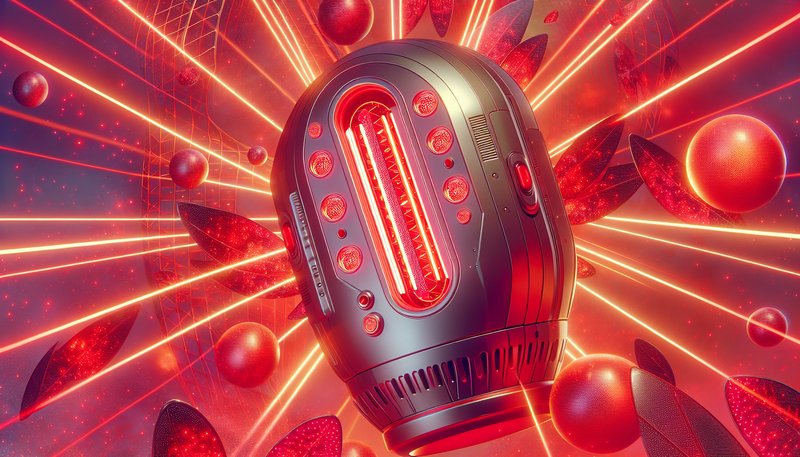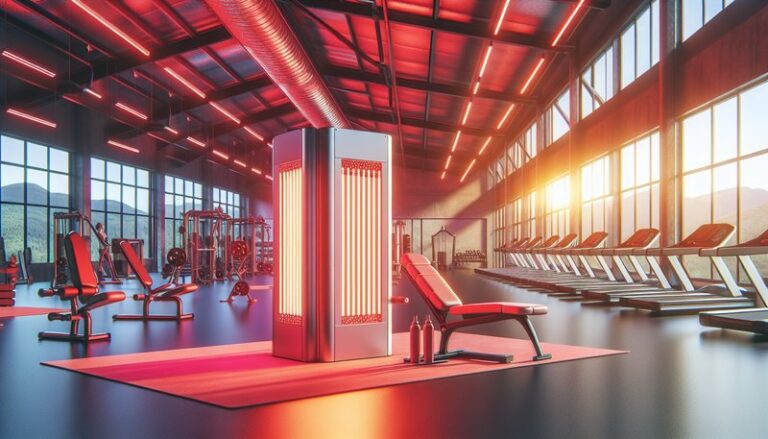Is Red Light Therapy Permanent?
Is red light therapy a long-term solution for your skin and wellness needs?
In this article, we will delve into the permanence of red light therapy and its effectiveness in various applications, including skincare, pain relief, and overall health enhancement. You’ll learn about the benefits, factors influencing the durability of results, considerations to keep in mind, and alternative therapies.
Key Takeaways
- Red light therapy can provide significant benefits for skin, pain management, and recovery.
- Results from red light therapy are not permanent and often require ongoing sessions for maintenance.
- Individual factors, including skin type and health conditions, can affect how long the benefits last.
What is Red Light Therapy?
Red light therapy (RLT) is a non-invasive treatment that uses specific wavelengths of light, typically in the red and near-infrared spectrum, to stimulate cellular processes in the body. It has gained popularity in recent years as a method for rejuvenating the skin, alleviating pain, and promoting healing.
The therapy works by penetrating the skin and influencing cellular metabolism. This stimulation can increase collagen production, improve circulation, reduce inflammation, and enhance tissue repair. As a result, red light therapy has found applications in dermatology, physical therapy, and even sports medicine.
Research has shown various potential uses of RLT, including:
- Enhancing skin health and reducing wrinkles
- Accelerating wound healing
- Alleviating chronic pain and inflammation
- Promoting muscle recovery and athletic performance
What are the Benefits of Red Light Therapy?
Red light therapy offers a range of advantages, making it an appealing option for many individuals seeking non-invasive treatment options. Below, we explore some key benefits of RLT.
Improved Skin Health
One of the most touted benefits of red light therapy is its positive impact on skin health. RLT can enhance collagen synthesis, which helps in reducing wrinkles and improving skin elasticity. Regular treatments may also help in minimizing scars and promoting a more even skin tone.
Reduced Pain and Inflammation
Numerous studies indicate that red light therapy can help decrease pain associated with various conditions, such as arthritis and muscle injuries. It does this by increasing blood flow to affected areas and reducing inflammation, leading to faster recovery times and improved mobility.
Enhanced Muscle Recovery
For athletes and active individuals, red light therapy can significantly aid in muscle recovery. By promoting cellular repair and reducing inflammation, RLT can shorten recovery times after rigorous workouts or injuries, enabling individuals to return to their routines more quickly.
See the full explanation Can Red Light Therapy Aid Weight Loss?
Additional Health Benefits
- Improved joint health and mobility
- Increased energy levels and reduced fatigue
- Enhanced mood and mental clarity from the effects on mitochondrial function
Is it Possible to Achieve Permanent Results with Red Light Therapy?
While red light therapy presents numerous benefits, it is essential to clarify that the results are generally not permanent. Maintenance is typically necessary to sustain the improvements achieved.
What are the Advantages of Ongoing Treatment?
Ongoing treatments allow individuals to continue experiencing the benefits of RLT, such as:
- Maintaining youthful-looking skin without the need for invasive procedures.
- Ongoing relief from chronic pain or discomfort.
- Continued muscle recovery support for active individuals.
What are the Disadvantages of Ongoing Treatment?
While ongoing treatments can provide continued benefits, there are some downsides to consider:
- Time Commitment: Regular sessions can be time-consuming, requiring a commitment to scheduling treatments.
- Cost: Depending on the frequency and venue of treatment, costs can add up over time.
- Variable Results: Individual results can vary based on personal health conditions and adherence to treatment schedules.
What are the Things to Consider Before Starting Red Light Therapy?
Before beginning red light therapy, consider the following factors to ensure a positive experience and optimal results.
Treatment Frequency
The frequency of treatments plays a crucial role in achieving and maintaining results. It is advisable to start with more frequent sessions and gradually adjust based on the observed outcomes.
Device Quality
If considering at-home devices, research the quality and effectiveness of specific products. Not all at-home treatments are equal; professional-grade devices may yield better results than lower-quality alternatives.
Consultation with Professionals
Consulting with healthcare professionals can provide personalized recommendations, especially for specific conditions or skin types. This can help tailor the treatment plan to meet your unique needs.
What are the Alternatives to Red Light Therapy?
If red light therapy does not seem suitable for you, several alternative therapies may offer similar benefits.
Laser Therapy
Laser therapy uses focused light energy to target specific areas. It is effective for various skin conditions and may provide more dramatic results for harsh skin issues but often involves more downtime.
Microdermabrasion
This popular skincare treatment exfoliates the outer layer of skin, promoting smoother and healthier skin. It can be effective for fine lines and mild scarring but requires multiple sessions for visible results.
Topical Treatments
Skincare products containing retinoids or hyaluronic acid can help enhance skin quality and promote healing. While these are generally less effective than RLT or laser treatments, they can be a valuable addition to a skincare routine.
Conclusion: Is it Recommended to Pursue Red Light Therapy?
In conclusion, red light therapy provides an array of benefits for skin health, pain relief, and muscle recovery. However, the results are typically not permanent and require ongoing treatments to maintain improvements. Each individual’s experience may differ based on factors like skin type and health conditions, so it is advisable to consult with professionals to design a personalized plan. If RLT aligns with your wellness goals and you’re willing to make the necessary commitment, it may indeed be a worthwhile investment in your health.
Frequently Asked Questions
How often should I use red light therapy for best results?
The optimal frequency depends on individual circumstances, but a common recommendation is 3-5 times per week initially, tapering off as desired results are achieved.
Are there any side effects associated with red light therapy?
Generally, red light therapy is considered safe with minimal side effects. Some users may experience mild redness or warmth in the treated area, but these are temporary and usually resolve quickly.
Can I do red light therapy at home?
Yes, there are various at-home devices available for red light therapy. However, it is crucial to select high-quality products designed for effective therapeutic use.
Learn all about it in Is Red Light Therapy Safe for Thyroid?
Is red light therapy suitable for all skin types?
Red light therapy is generally safe for all skin types. However, individuals with specific skin conditions or concerns should consult a healthcare provider before starting treatment.
What conditions can red light therapy help treat?
Red light therapy can assist with various conditions, including acne, eczema, psoriasis, joint pain, muscle soreness, and signs of aging on the skin. Always consult with a professional to determine its appropriateness for specific health concerns.





